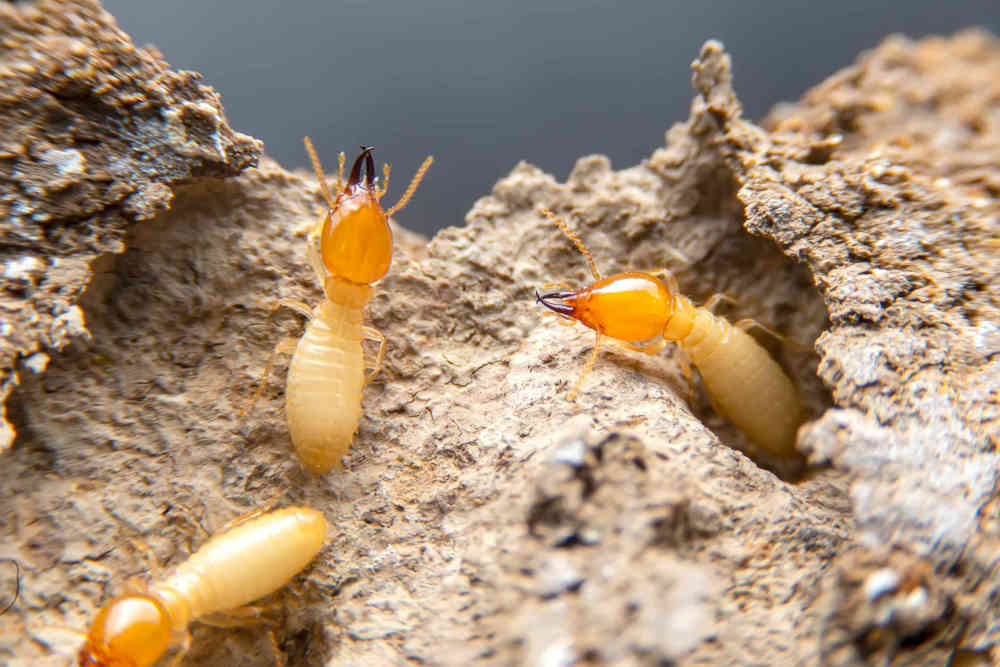If you suspect a termite infestation in your home, the time to act is always now. Termites are pests notorious for eating through the wooden structures of homes and other buildings, causing extensive damage leading to expensive repair bills.
If you’re experiencing the aftermath of an invasion, chances are you may be dealing with termite damage to your hardwood floors. The earlier you detect a termite infestation, the better your chances are of avoiding extensive, permanent damages. With more than 35 years of providing termite treatment and control for residents and businesses alike, Burns Pest Elimination is here to give you the inside scoop on how to detect and avoid a breakout of these pests in your space.
Signs of Termite Activity
Thanks to their propensity to make their home in the hard-to-reach areas of your own, it can be incredibly difficult to know when you have a termite infestation. Here are some common signs of termites in your home:
- Swarms of termites and discarded wings or other body parts
- Mud tubes around the foundation, chimneys and baseboards
- Stuck doors or windows due to termites eating through the exposed wood of their frames
- Piles of a sawdust-like substance near windows and in crevices
- Damage under wallpaper or paint
- Termite droppings
- Spots that look like they have been water damaged
Contact your local pest-control experts at the first sign of termites. Eliminating an infestation as early as possible can help prevent the need for costly termite damage repairs.
Termite Treatment for Hardwood Floors
While you may not be able to see the early signs of termite damage, you may be able to hear them: overly squeaky floors can indicate termite damage to hardwood floors. When termites tunnel through wood, they can weaken it. The floorboards then rub against nails and other boards, causing that telltale sound. Termites like pine, beech and other softwoods. They also tend to go for the soft plywood beneath your flooring, which can weaken it over time.
Termite Damage Repair
If these tiny home invaders have wreaked havoc on your wood flooring, the type of termite damage repair you need varies. Applying wood filler before sanding, sealing and staining the damaged areas should do the trick for minor damage. However, if you have major termite damage to your home, replacement of floorboards may be in order. Termites can also cause structural damage by tunneling through joists and support beams. These repairs are often made more difficult by pipes and ductwork.
Types of Wood Termites Avoid
If you’re considering replacing your floors, whether due to termite damage or not, you might consider these options:
- Heartwood
- Wood composites
- Pressure-treated wood
- Redwood, yellow cedar and cypress woods
While these woods aren’t completely immune to termite damage, they’re less appealing to these destructive pests due to their sturdier nature or treatment methods.
Termite Control in Phoenix and Las Vegas
It’s always a good idea to treat a termite infestation before repairing flooring. Not only can technicians find signs of deeper structural damage that will need to be addressed, they can also identify the root cause of the infestation. Not only can they eliminate all of the pests currently in your home, but they can also take steps to ensure that a termite infestation does not happen again in the future.
If you’re dealing with a pesky pest infestation in your Arizona or Nevada home, call on the pest control pros at Burns Pest Elimination. Our decades of experience help us identify the signs of termites and provide effective, safe termite treatment. Request a quote from our Phoenix, Tucson, and Las Vegas pest control team online today!
